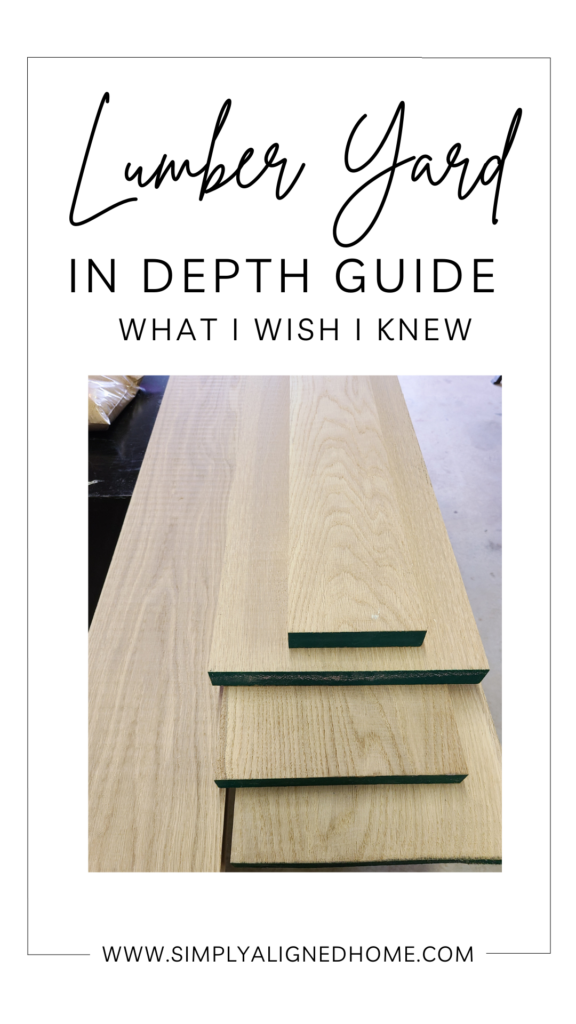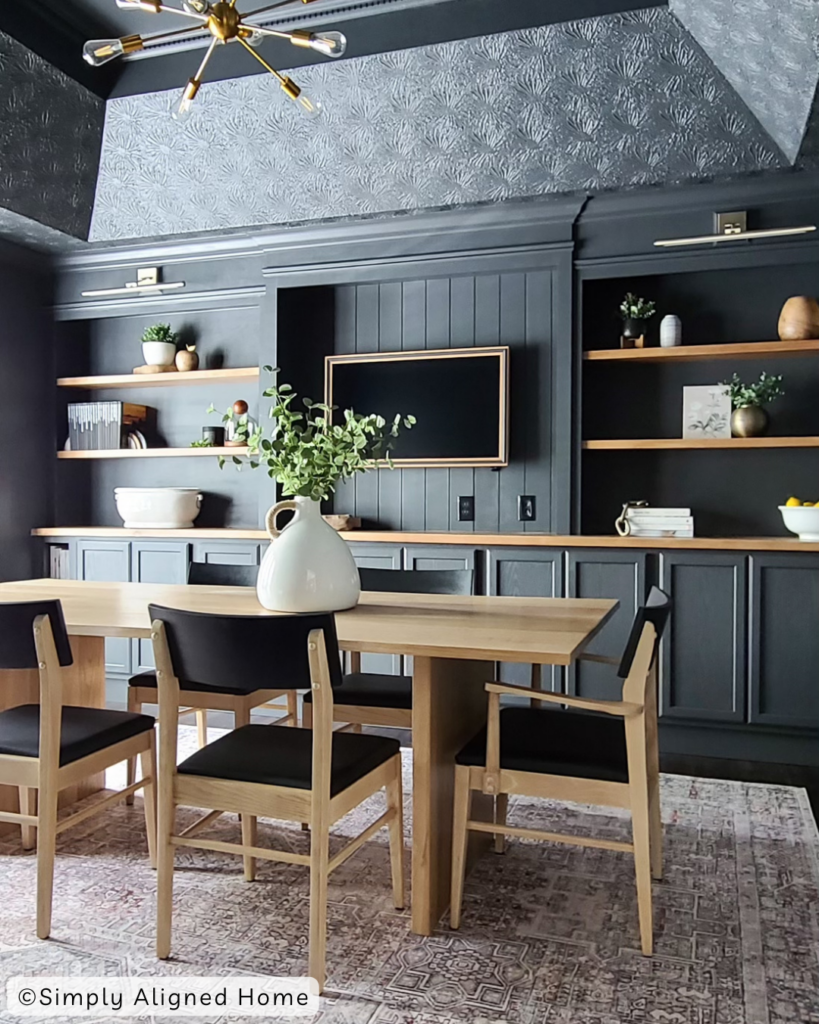Stepping outside of your comfort zone can be scary, but it’s also a great way to grow! In this case, I decided to make a trip to a local lumber yard for the first time.
I was nervous that I wouldn’t know what to ask for, what to look for, or that I would look like I didn’t belong. I learned so much in that first trip and the employees were so helpful! Here is a little about my experience and a few things I wish I would have known.
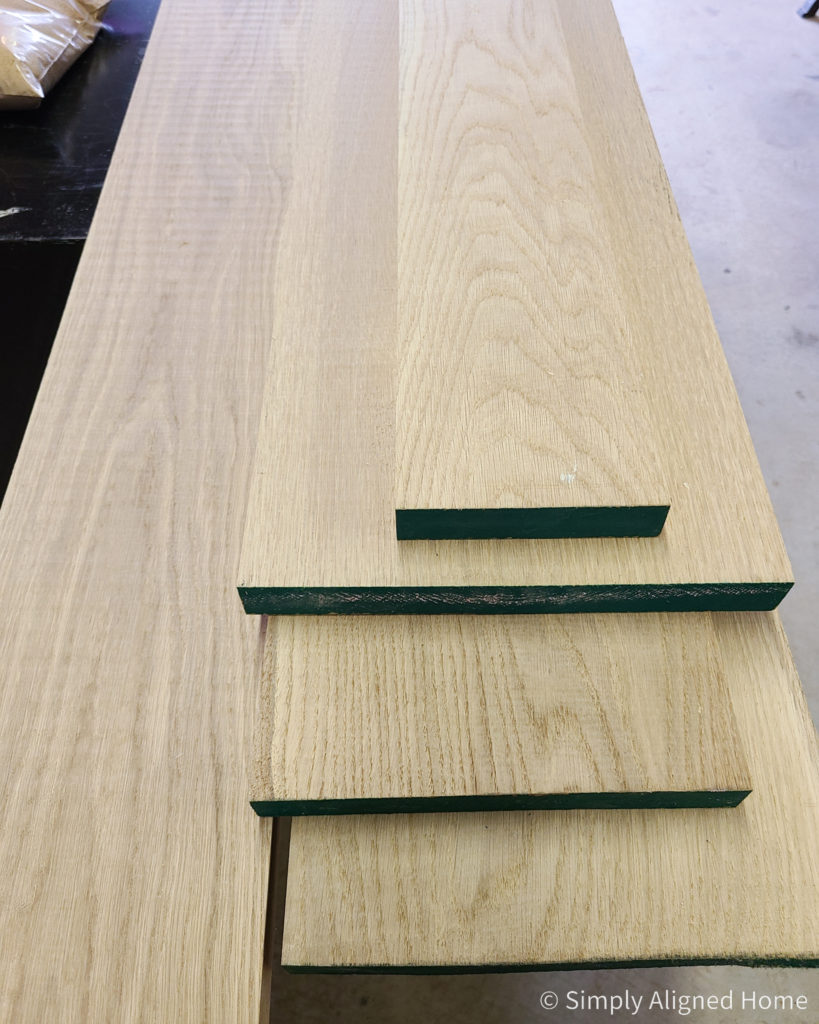
Don’t Be Afraid to Ask for Help
I was pleasantly surprised by just how helpful and kind all of the employees at the lumber yard were. Even though I was nervous to ask for help, they made me feel at home!
I told them a little about the project that I was working on (I was purchasing wood for my dining room table). They helped me pick the size wood that I would need for the top and base and even brought a pallet of wood over for me to pick through.
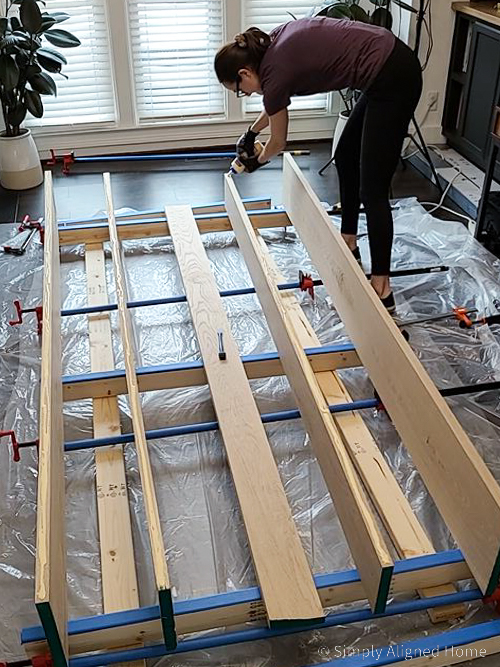
The employees showed me a few tricks when it came to picking the correct boards. They told me to take my time, pick the ones that I wanted and not let anyone rush me. They did an amazing job of making me feel welcome and comfortable!
Wood Dimensions
The dimension terminology used at a lumber yard is completely different than that of a big box store!
Big box stores label their wood as 1x_ (one by’s). This means that the piece of wood is 3/4″ thick by whatever width you choose. However, the width that is called out is not the actual width. For example, a 1×2 is actually 0.75″ x 1.5″ and a 1×3 is actually 0.75″ x 2.5″.
Lumber yards work with quarters. For example, a 4/4 is actually 1″ thick and a 5/4 is 1.25″ thick. This is the rough size of the wood. If the board is surfaced, the thickness will be less.
What is Board Ft?
In big box stores, lumber is either priced as per foot or per piece. If it is listed as per foot, there is a different per foot price based on the width of the board.
Lumber yards advertise board foot prices. A board foot price will be listed per thickness of material and material type. That price will be used no matter the width of the board.
In other words, to calculate board feet, you multiply the thickness (in inches), width (in inches), and length (in feet) of a piece of wood and then divide by 12 to convert the volume to board feet.
Board Foot = (Thickness (in) x Width (in) x Length (ft))/12
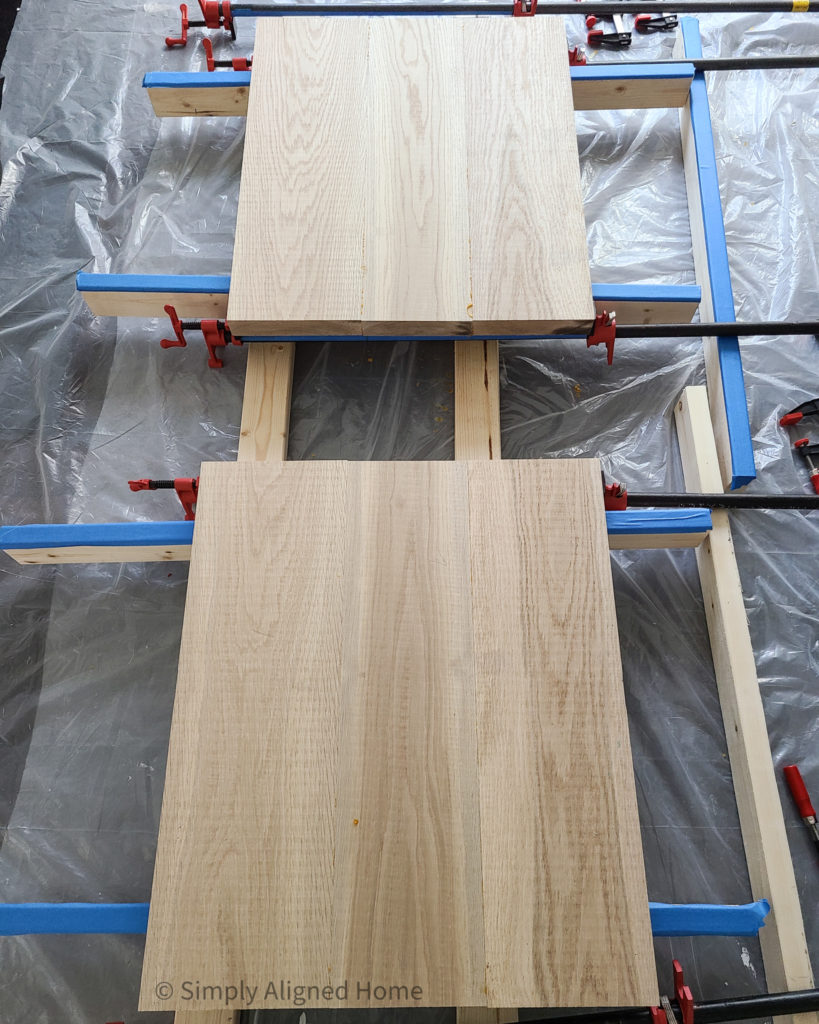
Different Cuts
There are four different cuts of wood: live, plain, quarter and rift sawn. If you do a Google image search for types of wood cuts, you can see each of these cuts. It’s much easier to understand the difference by looking at an image.
The choice between these cut methods often depends on the desired appearance, stability, and cost considerations for a particular project. Each method produces lumber with unique visual and structural characteristics.
Plain sawn is the most common type of wood cut.
Surfacing
When someone mentions “surfacing” in the context of a lumber yard, they are likely referring to the process of preparing lumber to achieve a smooth and finished surface. This involves planing or milling the rough-sawn lumber to create a flat, even, and smooth surface on one or more sides of the wood.
Lumber yards often offer both rough-sawn and surfaced lumber, giving customers the option to choose based on their specific project requirements. When selecting lumber at a yard, it’s important to communicate with the staff to ensure you get the type of lumber that best suits your needs, whether it’s rough-sawn for a more rustic project or surfaced for a smoother, more refined finish.
Some terms you might see when going to a lumber yard are S2S, S3S and S4S. These indicate how many sides of a piece of lumber have been surfaced or planed. Here’s what each term means:
- S2S (Surfaced Two Sides): This indicates that the lumber has been planed or surfaced on two opposing sides, leaving the other two sides rough. The two surfaced sides are usually parallel to each other, creating a flat and smooth surface on both faces.
- S3S (Surfaced Three Sides): In this case, the lumber has been planed on three sides, leaving one side rough.
- S4S (Surfaced Four Sides): This means that all four sides of the lumber have been planed or surfaced.
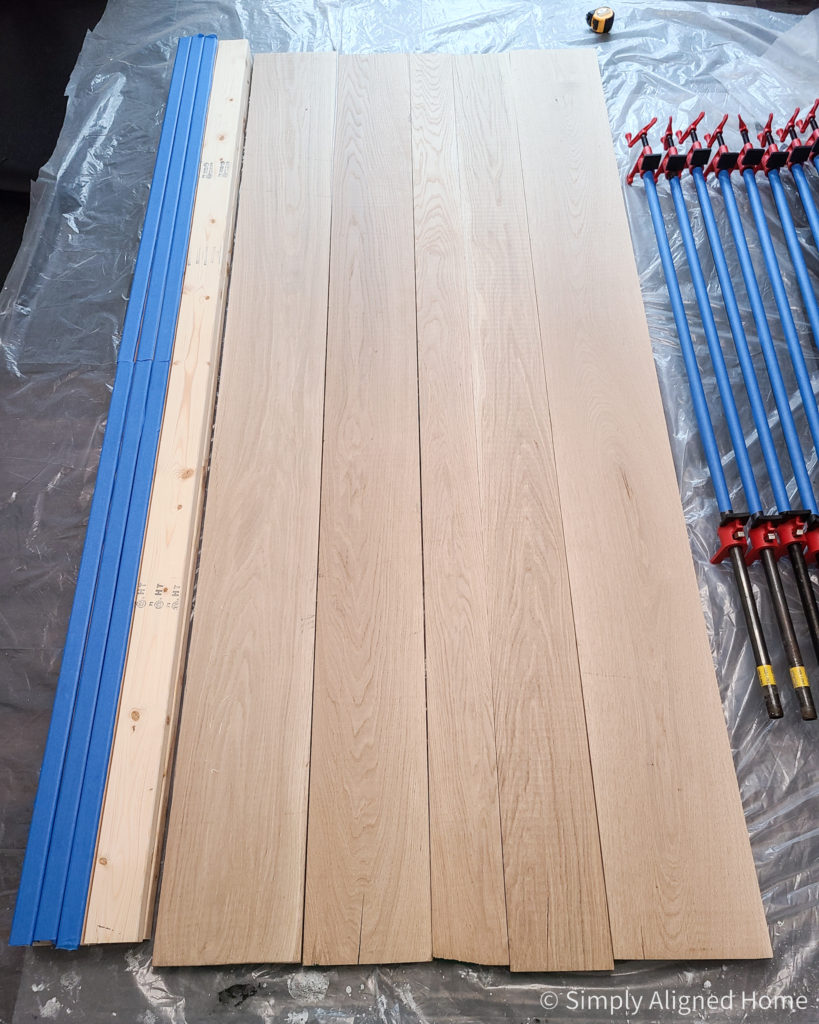
Pricing
Did you know that prices at lumber yards tend to be cheaper than that of a big box store? I was pleasantly surprised by this! Lumber yards carry a lot of the lumber that can be found in big box stores, including plywood. The selection is usually larger than big box stores and also more affordable.
Bring Necessary Tools
If possible, bring a tape measure and gloves to measure your lumber. Since the lumber is not as smooth as your box store wood, there is a chance you could get splinters, so bring gloves!
Know Your Lumber Species
Familiarize yourself with different wood species. One thing that’s cool about lumber yards is they carry so many more species of wood than your typical big box store! Each has unique characteristics, including color, grain pattern, and durability. Choose a species that suits your project.
I hope this guide has provided you with valuable insights for your first visit to the lumber yard. Navigating the world of wood selection can be a rewarding experience when armed with the right knowledge. It’s better to be prepared and not scared!
Armed with these insights, you’ll be well on your way to selecting the perfect lumber for your project. Happy woodworking!
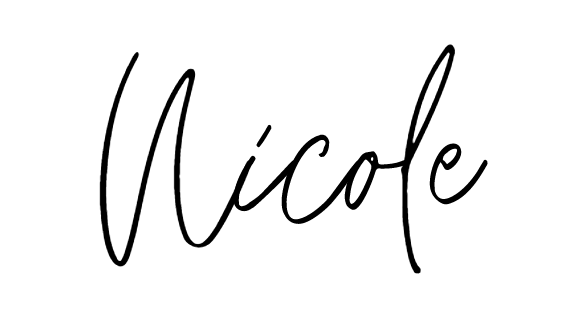
**Note: I am not a professional and do not claim to be an expert. Please be sure to always read instructions for all tools and products. Safety is very important and should be your top priority. Wear necessary protection when using tools (eye wear, hearing protection, gloves, etc.) and dust masks when sanding or cutting. Simply Aligned Home is not responsible for any injury or damage. All of my designs are not professionally designed and are for private use only.**
